The Perfect 1-Day Tokyo Itinerary (Must-See Tokyo in a Day!)
10 min readSo, word on the street is that you only have ONE full day to see Tokyo and want to make the most of it. Understandably, it can feel impossible to...
The post The Perfect 1-Day Tokyo Itinerary (Must-See Tokyo in a Day!) appeared first on Bucketlist Bri.
Affiliate policy: This post may contain affiliate links, which may earn me a commission from bookings.
So, word on the street is that you only have ONE full day to see Tokyo and want to make the most of it.
Understandably, it can feel impossible to know where even to begin planning a well-balanced one-day itinerary to visit the world’s largest city. But I’m here to tell you that it’s possible!
While Tokyo is massive, you can experience the two contrasting sides of Tokyo in a day: the traditional and modern. No, you won’t be able to “see and do it all,” but that’s not the point!
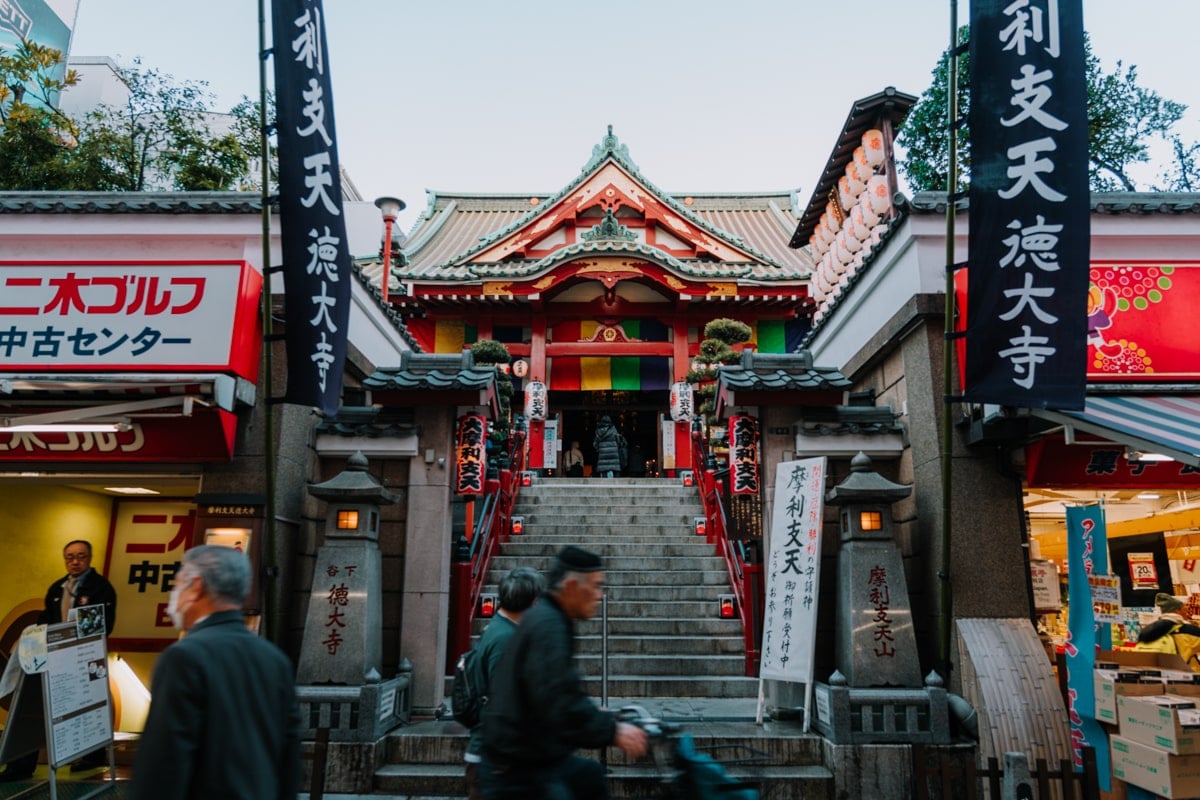
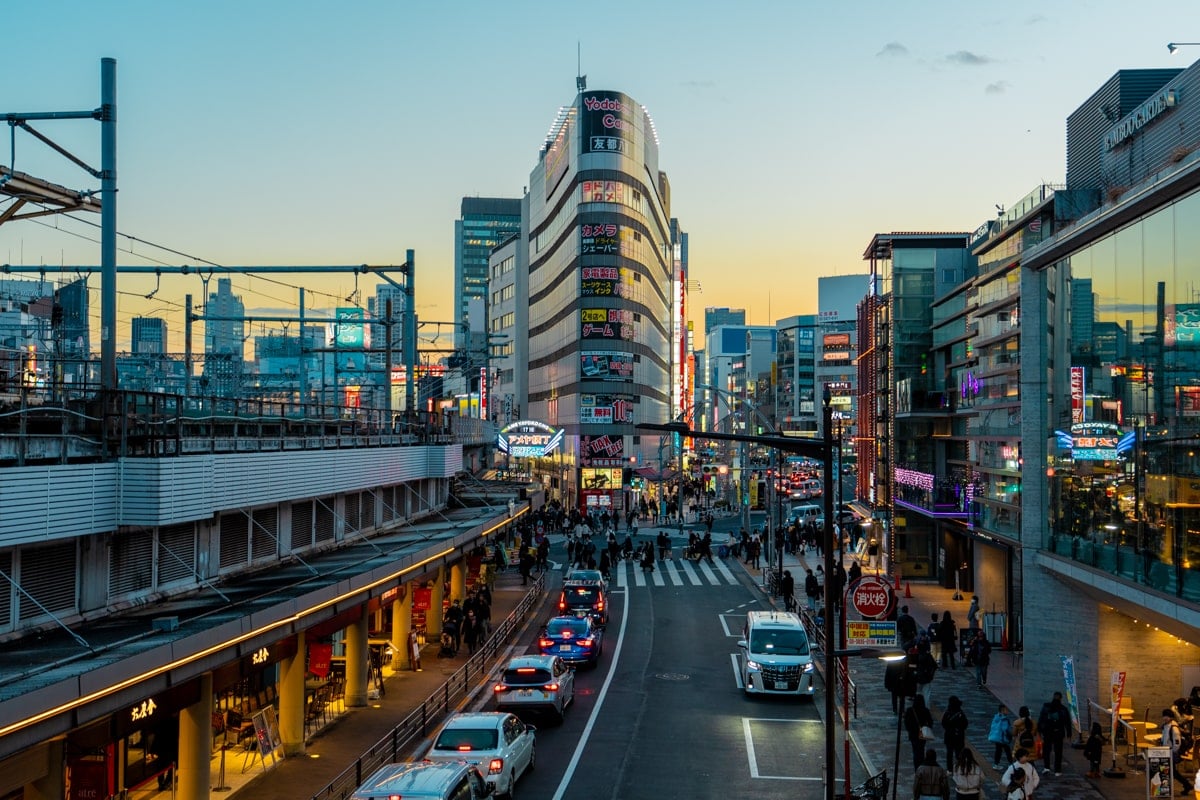
In this 1-day itinerary, you’ll be able to check off the must-see’s and do’s that encompass the essence of Tokyo—where vintage, old-world traditions meet futuristic technology and diverse subcultures, and much more!
From retro and modern to local neighborhoods and skyscrapers—my guide to Tokyo in a day touches on it all.
After exploring Tokyo twice (and going back to live there in three weeks!), I will give you an honest overview of what’s overrated and not worth seeing and how best to plan your day.
Feel free to customize this one-day itinerary, but please note I curated it intentionally to offer diverse experiences and attractions, including must-see and underrated (off-beat) places to visit, plus alternative suggestions.
I also considered metro/train times so you’re not traveling across the city while unknowingly missing out on great places in between.
This is the guide I send to my friends and family who want an immersive day in Tokyo!
show
Must-See Places in Tokyo: An Epic 1-Day Itinerary
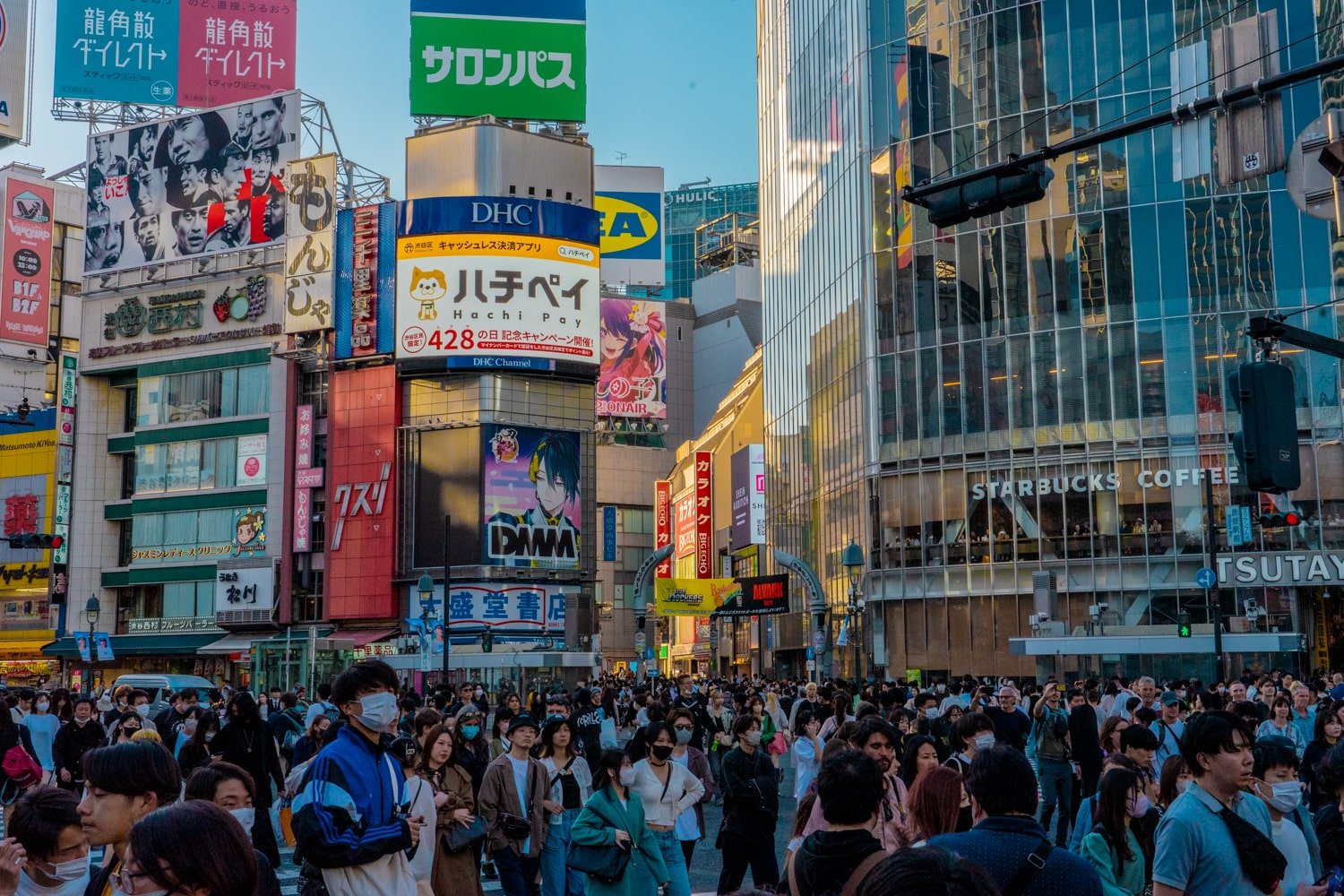
Please note that this itinerary suggests what to do with one full day in Tokyo (from 9am to 9pm with, ideally, one overnight).
If you have LESS time, such as a half-day, or are in Tokyo on a layover, you can cherry-pick from this itinerary based on your interests and schedule.
Here is a brief overview of what’s included in this detailed itinerary. Times are suggestive.
Read the full itinerary for details, links, transportation times, and extra tips!
☀️ Morning to early afternoon (9am – 2pm, including two hours for lunch):
- Asakusa (Sensō-ji Temple—Tokyo’s oldest temple—and surroundings);
- Ueno (Ueno Park—one of Tokyo’s oldest parks, Ameyoko Street, popular street food);
- Yanaka (historic temples, vintage shopping street).
⛅️ Afternoon to early evening (3pm – 6pm):
- Akihabara (Electric Town; arcades, anime, manga, maid cafes).
Option A. Akihabara > Tokyo Tower, teamLab Borderless (2-3 hours), and then Shibuya > Harajuku > Shinjuku.
Option B. Akihabara > to the suggested evening itinerary (below).
🌅 Evening and nightlife (7pm – 9pm+):
- Shinjuku OR Shibuya (read below for different route options).
Note that wherever you’re staying in Tokyo will also determine what you could potentially start/end with.
Asakusa: Start the day in Historic Tokyo
- Getting there: Exit out of Asakusa Station (four railways connect to the station).
- Highlights: Senso-ji Temple, Nakamise-dōri, rickshaw tours, crafts, Nishi-sandō (shōtengai), Sumida River.
- Visit time: 2-3 hours
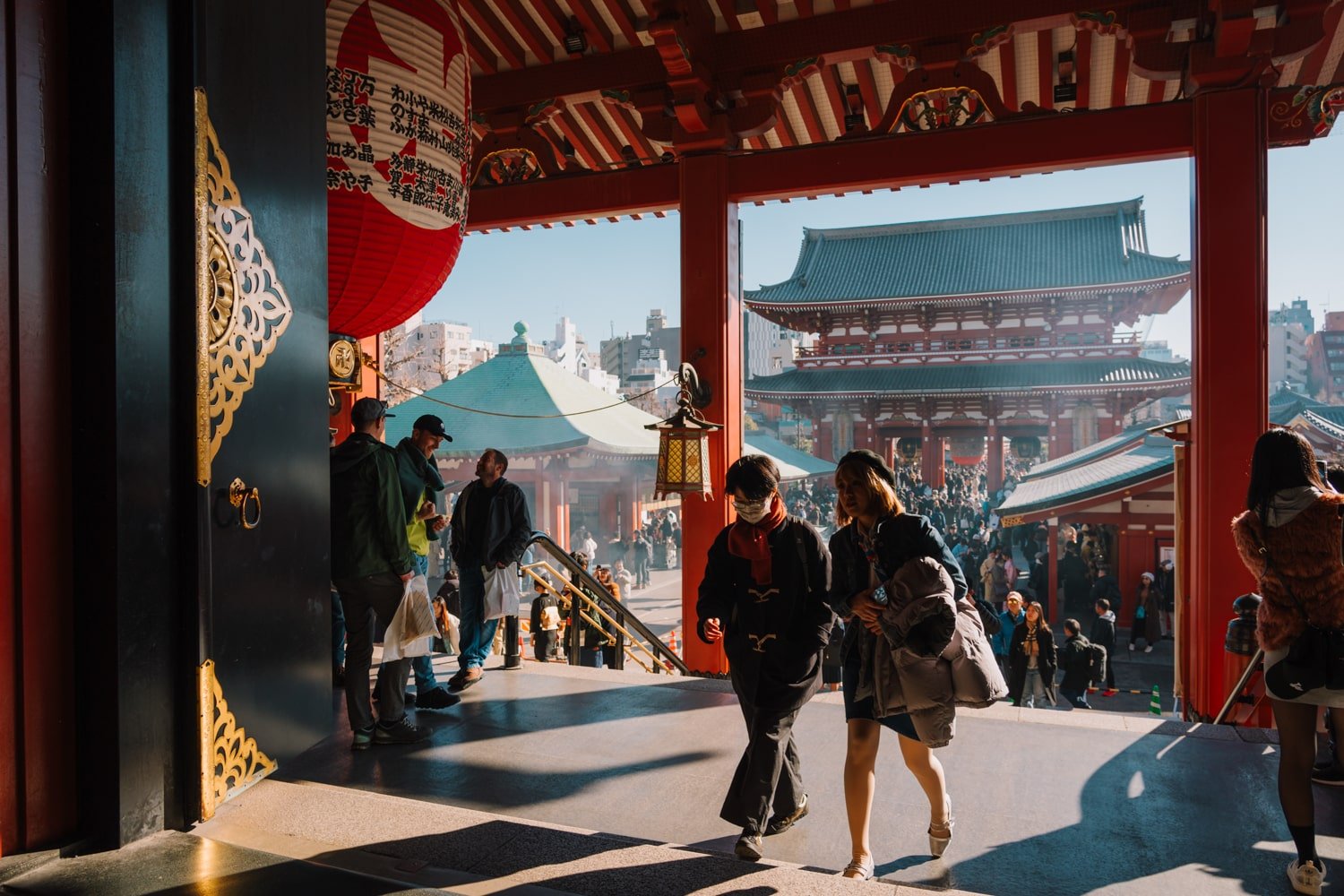
Asakusa is a historic ward in East Tokyo known for its ancient temples, Japanese rickshaws, and traditional handicrafts. It’s the ideal starting point for your day in Tokyo!
While most tourists flock to its crown jewel—Sensō-ji Temple (Asakusa Kannon)—Tokyo’s oldest and most beautiful temple—there’s much more to discover in the Asakusa area.
To start, go early to get an advantageous (and free) “aerial view” of the temple grounds from the 8th-floor observation deck inside the Asakusa Culture and Tourism Center. It’s located across the street from the Karinarimon.
After admiring the Asakusa Kannon and walking shoulder to shoulder down Nakamise-dōri street, stroll by the shops and eateries under the adjacent local market street (shōtengai).
From warabimochi sweets to carnival-style goldfish fishing games, the Nishi-sandō Shopping Street shows how the Japanese enjoy eating and shopping (and queuing). This is where I picked up my goshuinchō booklet to collect handwritten “stamps” or seals from the temples and Shinto shrines I visited in Japan.
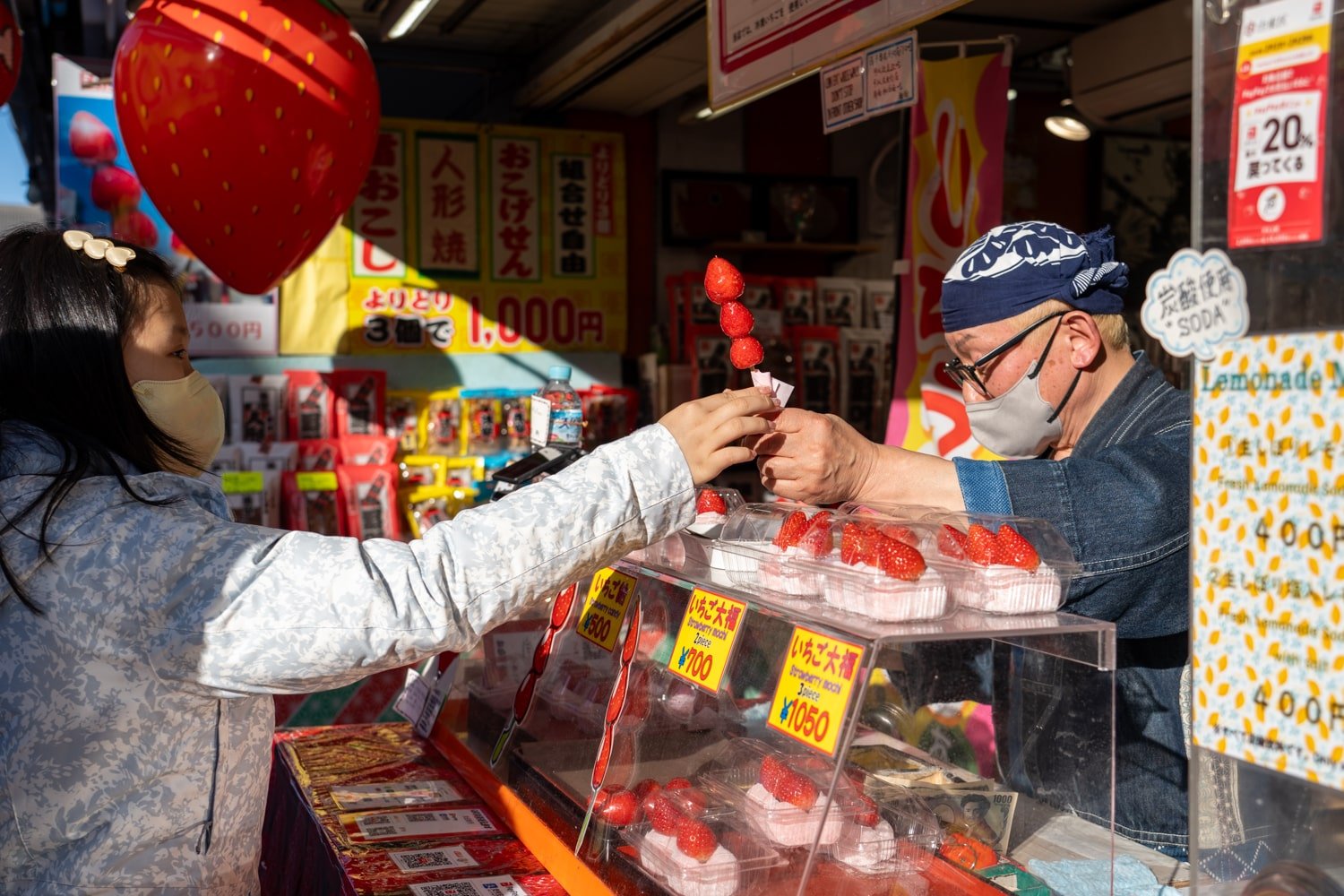
If you’re not visiting Asakusa on a 2-hour guided tour, head south on foot through the local streets around Asakusa.
Along the way, enjoy the range of shops and attractions, like the handicraft exhibition at the Edo Taito Traditional Crafts Center or the giant Hello Kitty chain store, Soria, on Orange Street. (Did you know you can also stay in Hello Kitty-themed hotel rooms in Asakusa??)
As you finish your morning in Asakusa, take notice of the cozy lanterns swinging from tucked-away izakaya bars and the overall “low-town” (shitamachi) atmosphere and how it contrasts and compliments Tokyo’s futuristic, modern wards, which you’ll visit later on in this itinerary!
Next stop after Asakusa: Once back at Asakusa Station, you can cross the Sumida River Walk (bridge) to visit the Tokyo Skytree or dip into the station metro to go one stop to Ueno (5 minutes via the orange Ginza line).
Ueno: Eat Tokyo’s Best Street Food
- Getting there: One metro stop from Asakusa Station (5 minutes via Ginza Line, ¥180).
- Highlights: Ameyoko Street (street food), Ueno Park (museums, temples, shrines, national monuments).
- Visit time: 2 hours
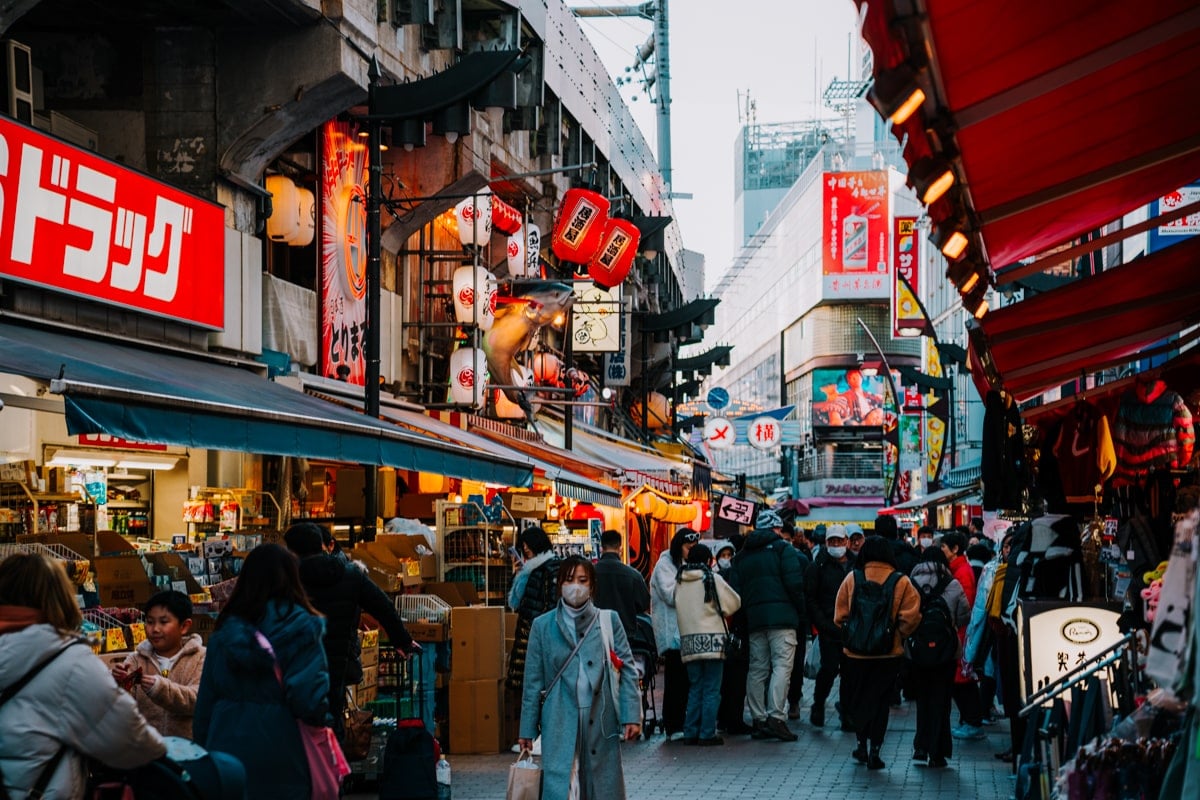
Ueno is a heavily underrated area of Tokyo, comprising one of the best and liveliest street food markets in Tokyo and one of Tokyo’s oldest public parks, Ueno Park.
I suggest heading straight out of Ueno Station to Ameyoko Street to grab lunch before doing anything else.
Down this vibrant street, your eyes and nose will turn in all directions to capture the swirling smells and sights.
The food here is not to miss if you enjoy street food. You will be spoilt for choice!
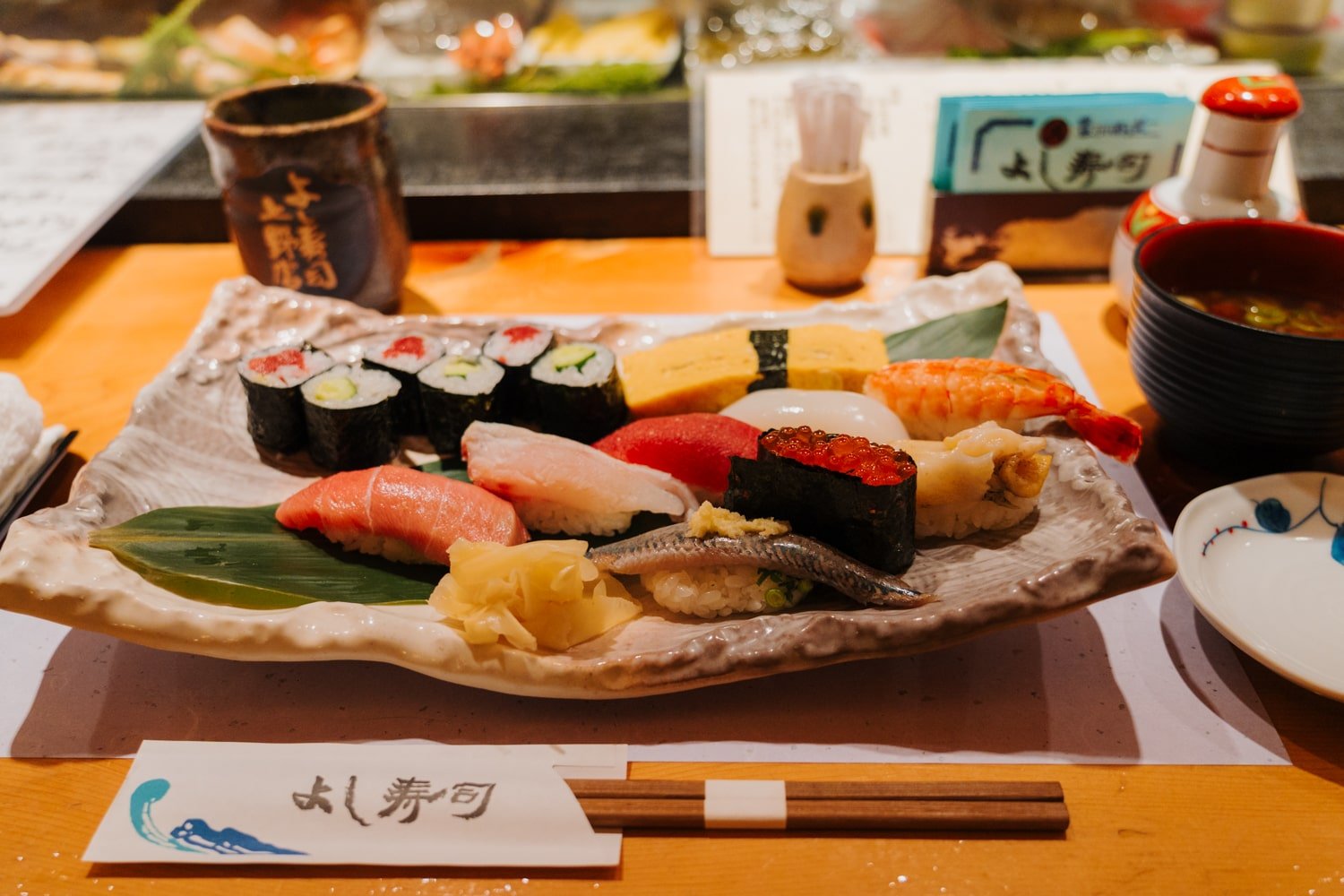
If street food isn’t your preference, this area has all types of eateries offering the best food to try in Japan—from shabu-shabu buffets and omakase sushi restaurants to fun (and typical Japanese) footbath cafes.
Next, make your way into Ueno Park.
Rent a bicycle to cover more ground, or pick an area you’d like to prioritize visiting on foot. Ueno Park houses the Ueno Zoo, multiple flower gardens and temples, a lake, SIX museums, and the Tokyo National Monument.
It’s a massive place, so make a choice here: to spend more time visiting around Ueno or move on to the following recommended stop on this 1-day itinerary: Yanaka!
Next stop after Ueno: Depending on your energy and schedule, you can walk across Ueno Park to Yanaka Ginza (25-minute walk) or take the JR train or subway from Ueno Station to Nippori Station (12 minutes via the green Yamanote Line or the purple Ueno-Tokyo line).
Yanaka: Step back in time in Edo-era Tokyo
- Getting there from Ueno: Walk 25 minutes or take the train to Nippori Sta. (12 minutes via Yamanote Line, ¥180).
- Highlights: Yanaka Ginza Street, vintage markets, bathhouses, Yanaka Cemetery, Nezu Shrine, Tennoji Temple.
- Visit time: 2 hours
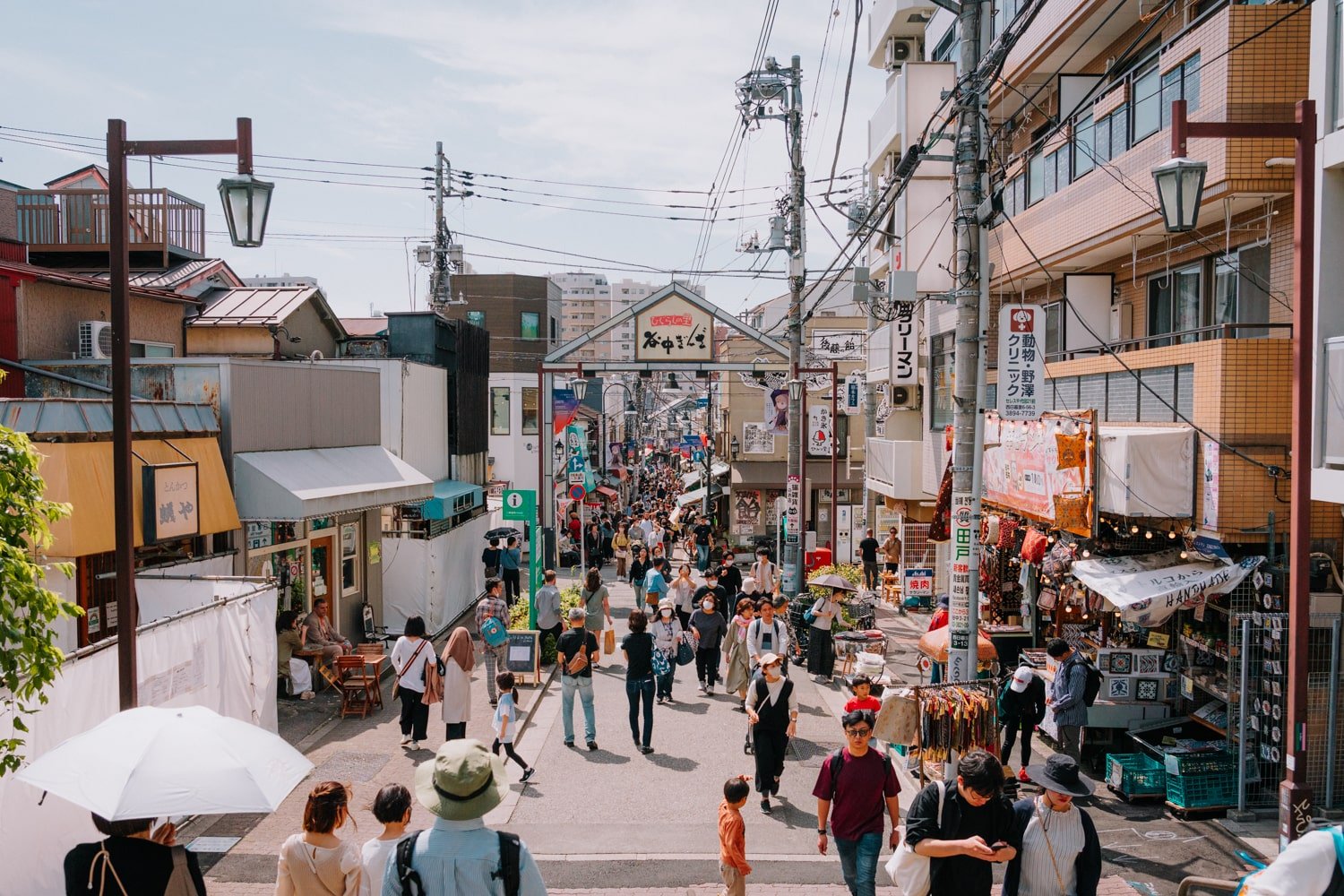
Yanaka is where you can feel Tokyo’s nostalgic old-town atmosphere at its best.
With retro sento (bathhouses), the Yanaka Cemetery, and some of the city’s best-preserved Buddhist temples, Yanaka offers a glimpse into the past of former Tokyo (once known as Edo).
The 1950s-era Yanaka Ginza shopping alley is the most popular area for tourists. On this road, you can find numerous vintage treasures, cat-themed stores, coffee shops, Japanese sweets, and more!
If we were to count all the temples in and around Yanaka, including in the nearby Neku and Sendagai neighborhoods, there would be over one hundred! Together, these three areas are collectively known as “Yanesen.”
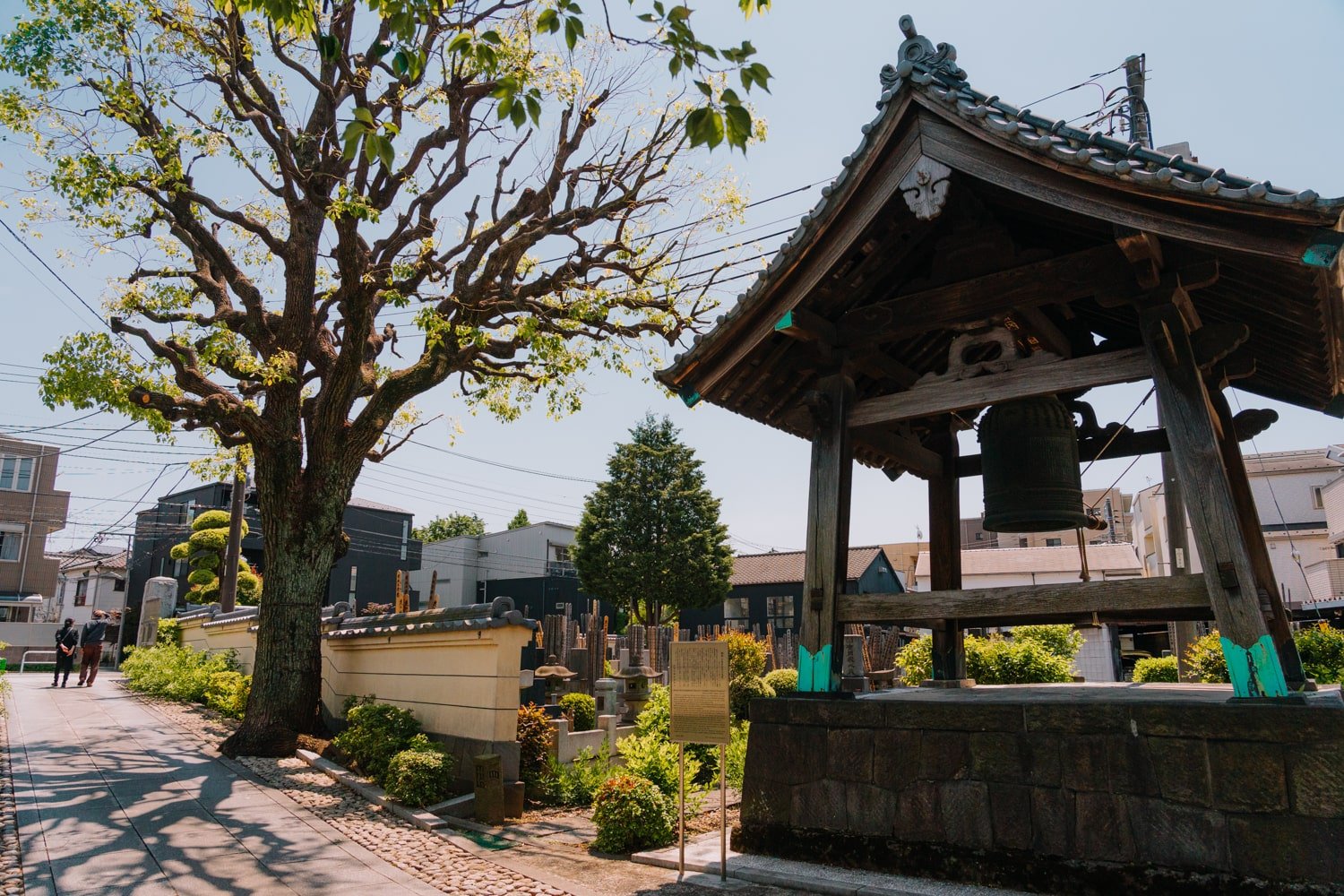
History enthusiasts who want to learn more about Yanaka and Tokyo’s shitamachi can book a 1 pm guided walking tour. Again, this guide highlights what to see and do in Tokyo in only one day, but if you want to indulge and deep-dive in one ward/neighborhood, you should do that!
I stayed three nights at Hanare, Yanaka’s “village hotel,” which perfectly sums it up. If you need further convincing to wander around Yanaka during the day, Charlie’s journal entry wonderfully summarizes why Yanaka is worth the detour.
Next stop after Yanaka: Head from Yanaka south past Ueno to Akihabara and watch the landscape change, even on a quick 8-minute train ride away!
Akihabara: Experience Japanese Otaku Culture (Electric Town)
- Getting there from Yanaka: Take the green Yamanote Line from Nippori Sta. to Akihabara Sta. (13 minutes, ¥150).
- Highlights: Japanese otaku culture, maid cafes, arcades, electronics, manga, anime.
- Visit time: 2-3 hours
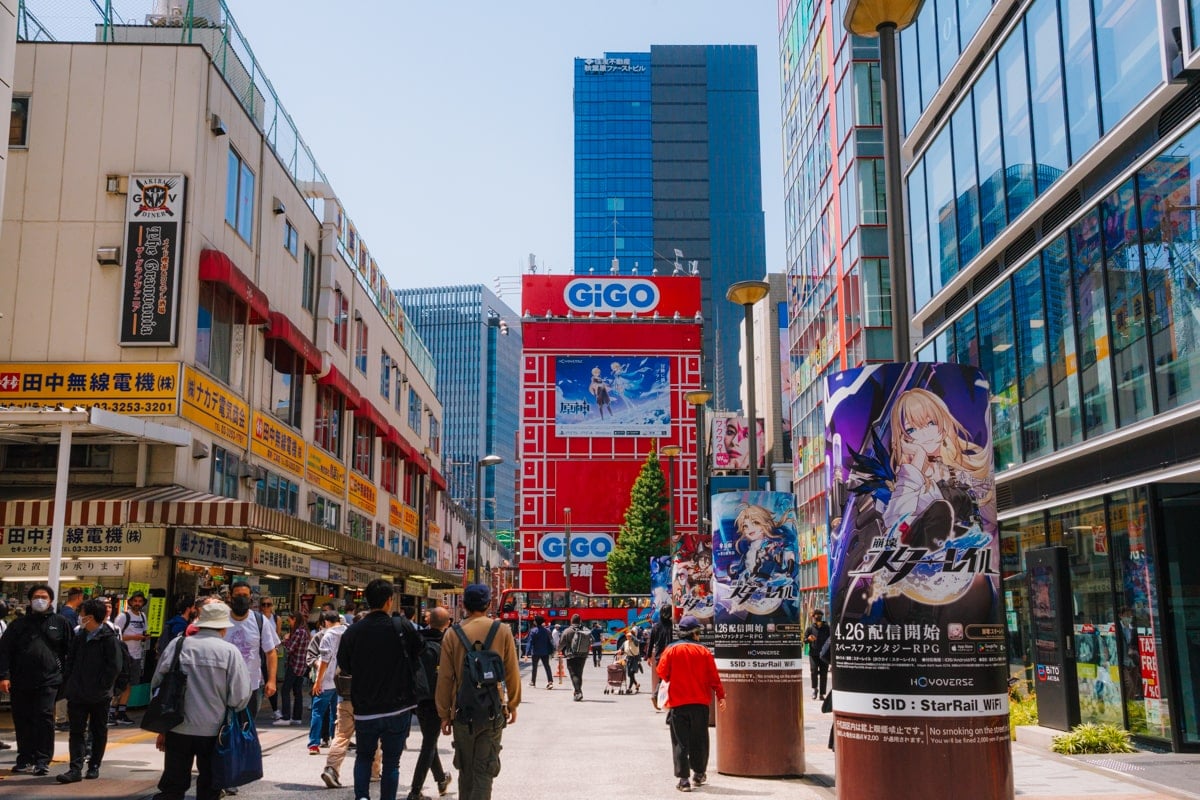
It’s time to leave Edo-era Tokyo behind and re-emerge in the future, and one of the best neighborhoods in Tokyo for that is Akihabara!
You might have heard of Akihabara before. But if not, Ahki is known as Tokyo’s “Electric Town,” or the area I call “where you can unleash your inner geek.”
Akihabara, in short, is where you’ll witness Japanese otaku and pop culture at its best (other than in Harajuku) and experience Tokyo’s weird, funky, and geeky side. 👾 🕹️
Manga, anime, arcades, claw machines, video games, and maid cafes characterize Ahkihabara.
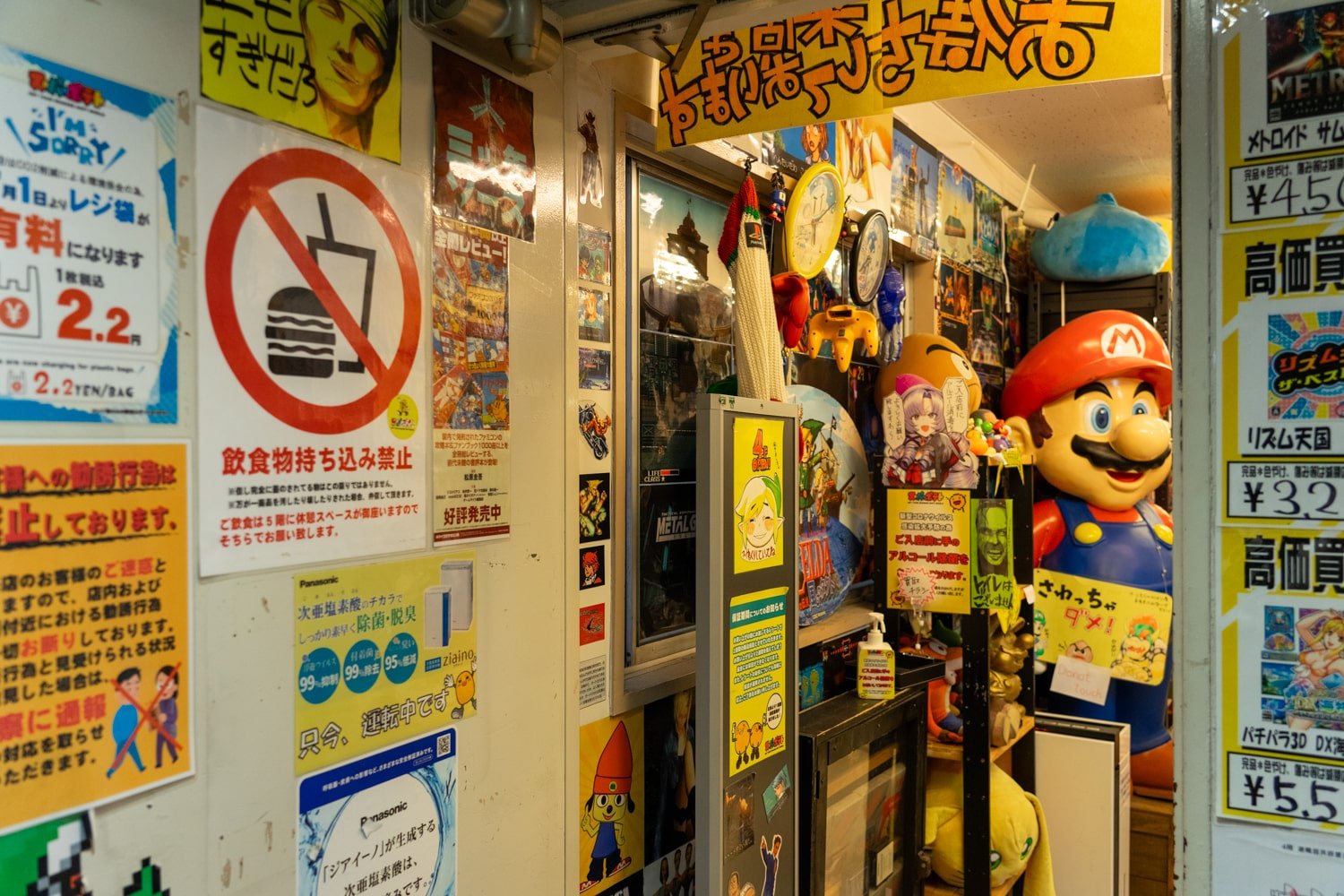
I recommend visiting all the floors inside the massive gaming centers and malls.
You’ll find levels dedicated to Pokémon cards, arcade games, anime and manga, and vintage 1980 and 1990s video games. I specifically went to hunt down the coolest Nintendo-era Legend of Zelda and Super Mario paraphernalia!
You’ll want to start queueing early to experience a Japanese maid cafe in Akihabara. The main chain, Maidreamin, usually has a long wait time unless you reserve your ticket/time in advance (get an online ticket here).
There are tons to choose from, so wander around and off the main street to find less-crowded cafes.
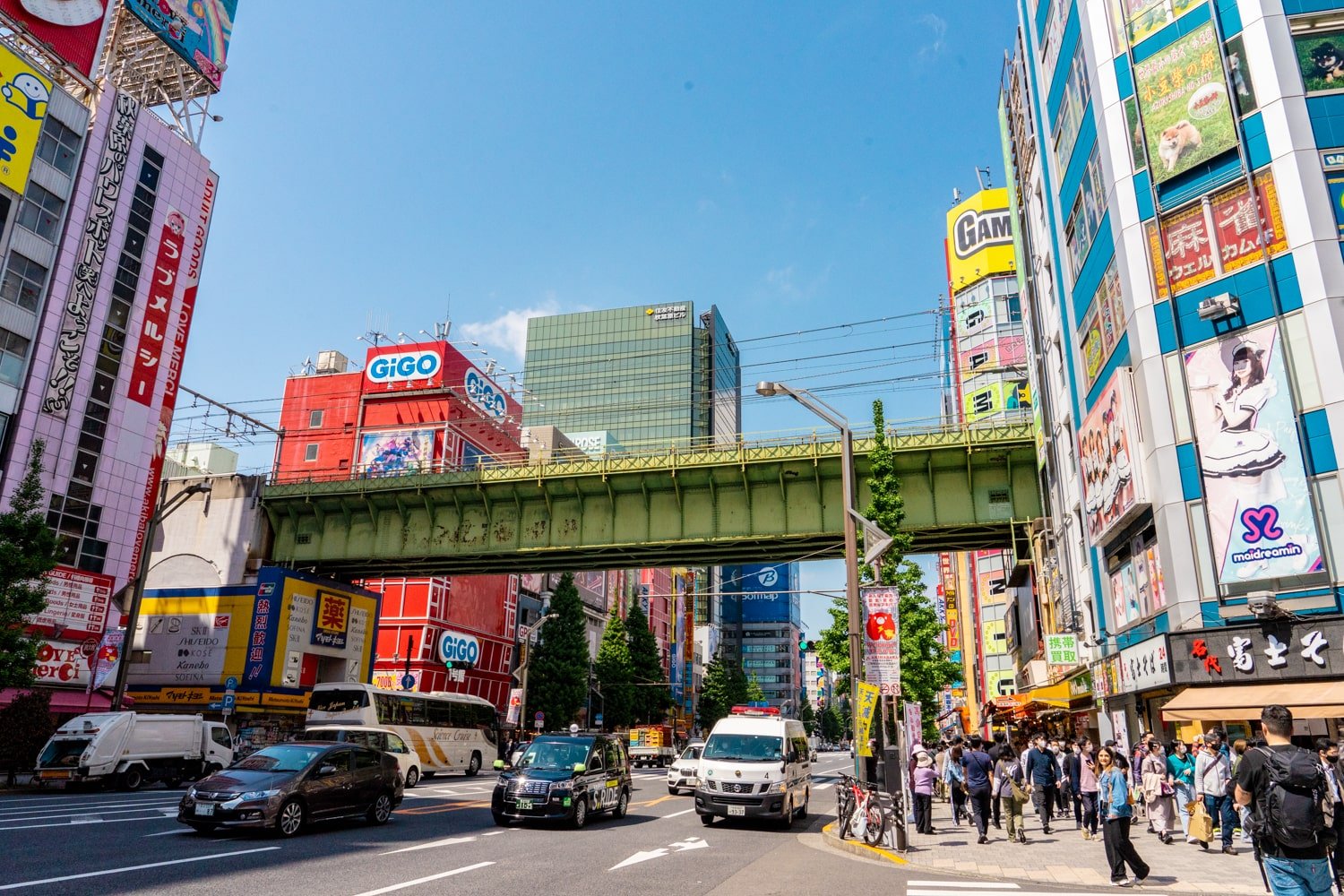
Next stop after Ahkihabara: After Akihabara, you have two choices:
Option 1 (Shinjuku): Head straight from Akihabara to finish the evening off in Shinjuku and Kabukicho (the best for nightlife and neon lights).
Option 2 (Shibuya): Head into Central Tokyo to see the Tokyo Tower 🗼 lit up at night before heading up to finish the evening in Shibuya (where you can experience the Shibuya Scramble Crossing and see the famous statue of Hachikō (both located right outside the central station).
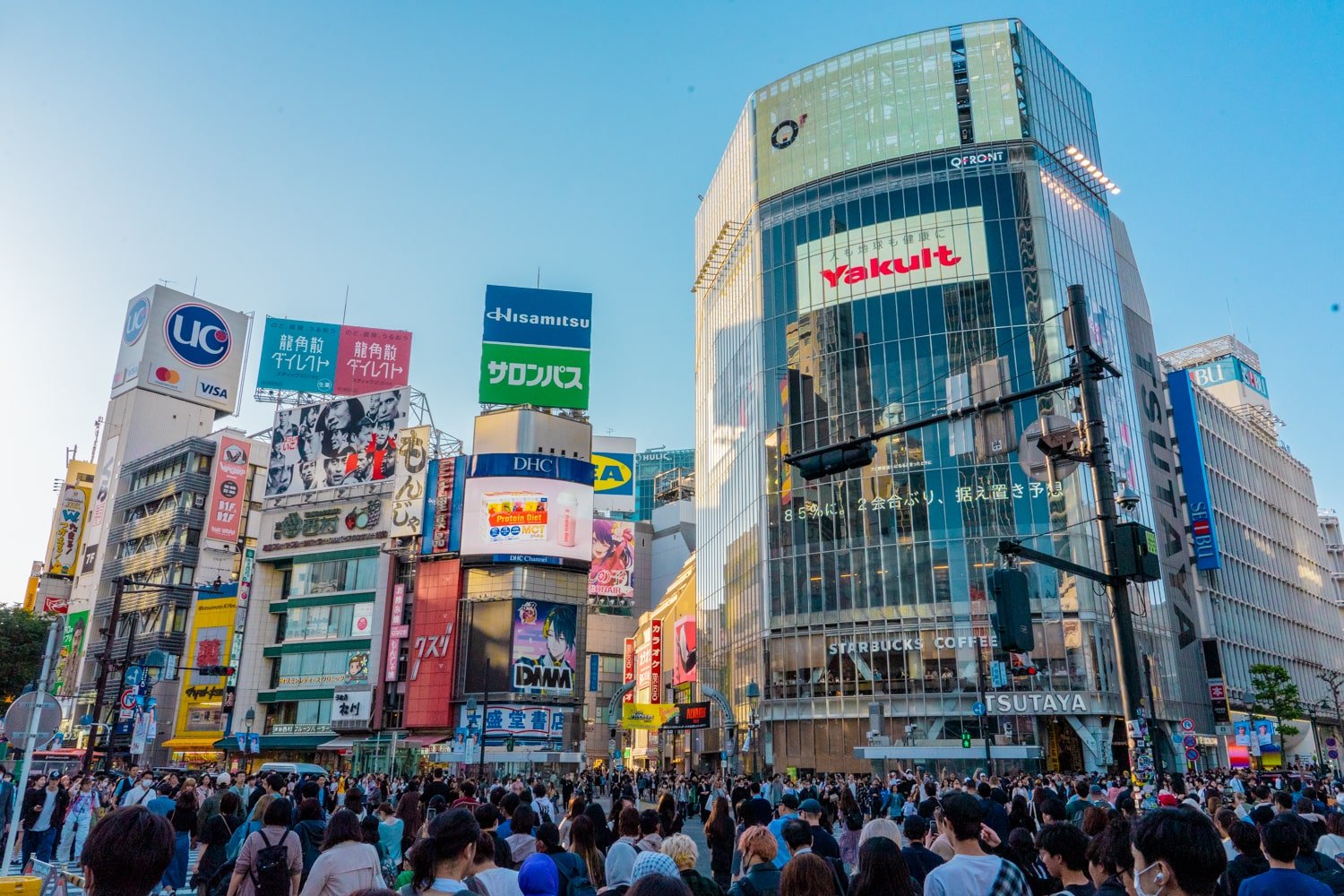
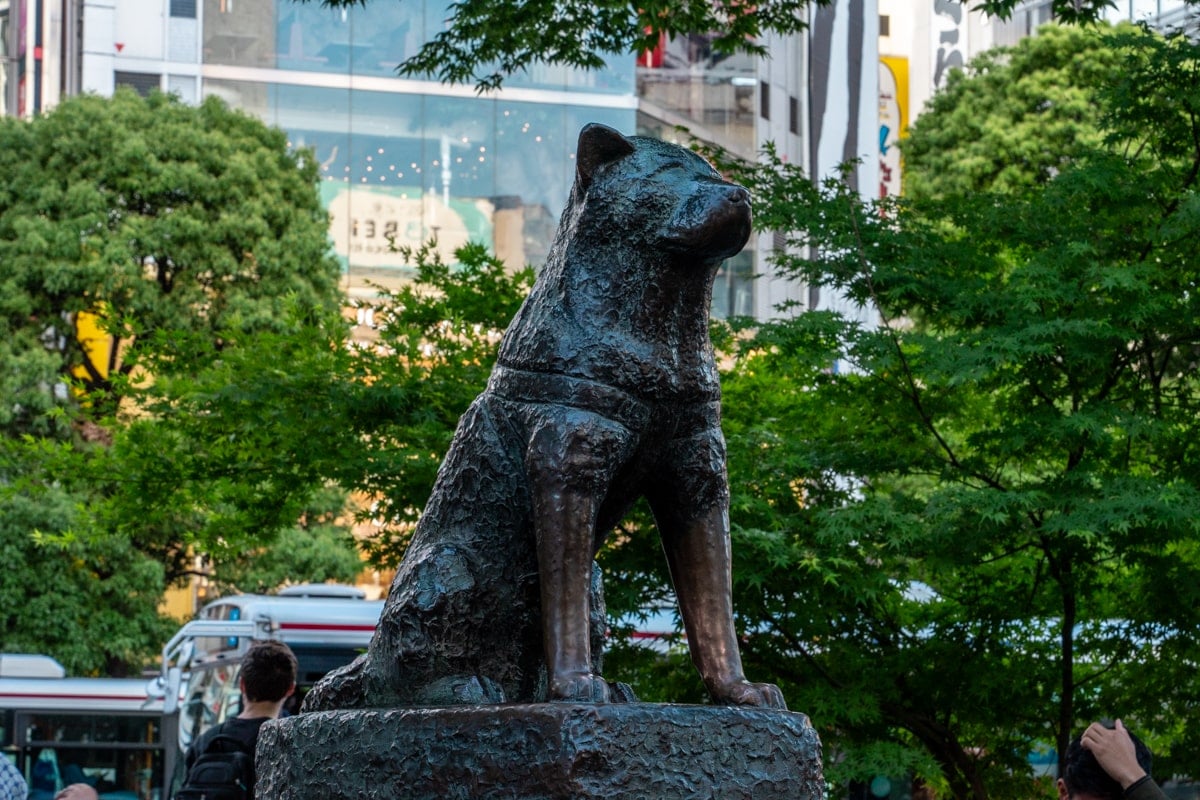
I’d opt to go directly to Shinjuku to cut time on transportation, take time for dinner, and visit Golden Gai (the cute but touristy bar-hopping area), Omoide Yokocho (super overrated but very cute and atmospheric tiny alleyway), and the lively red-light district of Kabukicho.
Unless you’re stoked to visit Shibuya and see the Tokyo Tower at night (the latter is near Roppongi on the way to Shibuya from Akihabara), I recommend option one!
Yet another option (so, option 3?) is to start with option 2, take a pit stop to see the Tokyo Tower, and finish the evening exploring teamLab Borderless (Tokyo’s top immersive art museum located at Azubudai Hills) and skip nightlife in Shinjuku altogether.
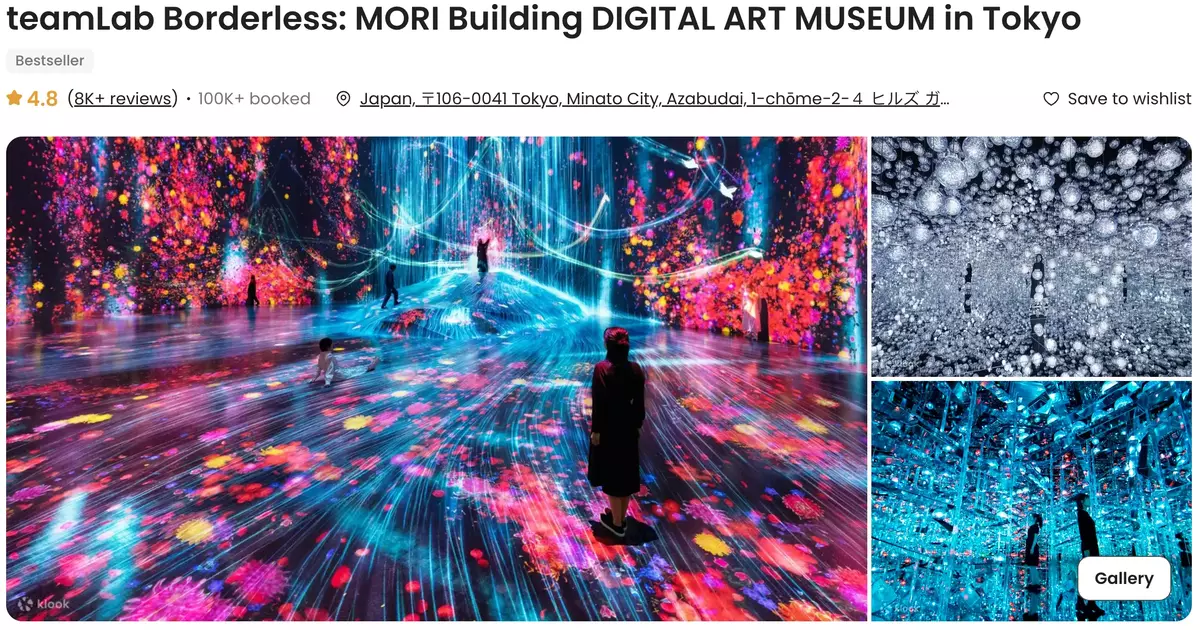
You’ll be closer to Shibuya than to Shinjuku if you want to extend the night there or return to your hotel in whichever part of Tokyo that may be!
Shinjuku: Enjoy a Night Out Under Neon Lights
- Getting there from Akihabara: 18 minutes via the Shinjuku line (from Iwamotocho Sta.) or the yellow Chuo-Sobu line (from Akihabara Sta.).
- Highlights: Giant 3D Cat screen, Golden Gai bars, Omoide Yokocho alleyway, Kabukicho red-light district (host/hostess bars), karaoke, and more.
- Visit time: 1-3 hours (or more, hehe!)
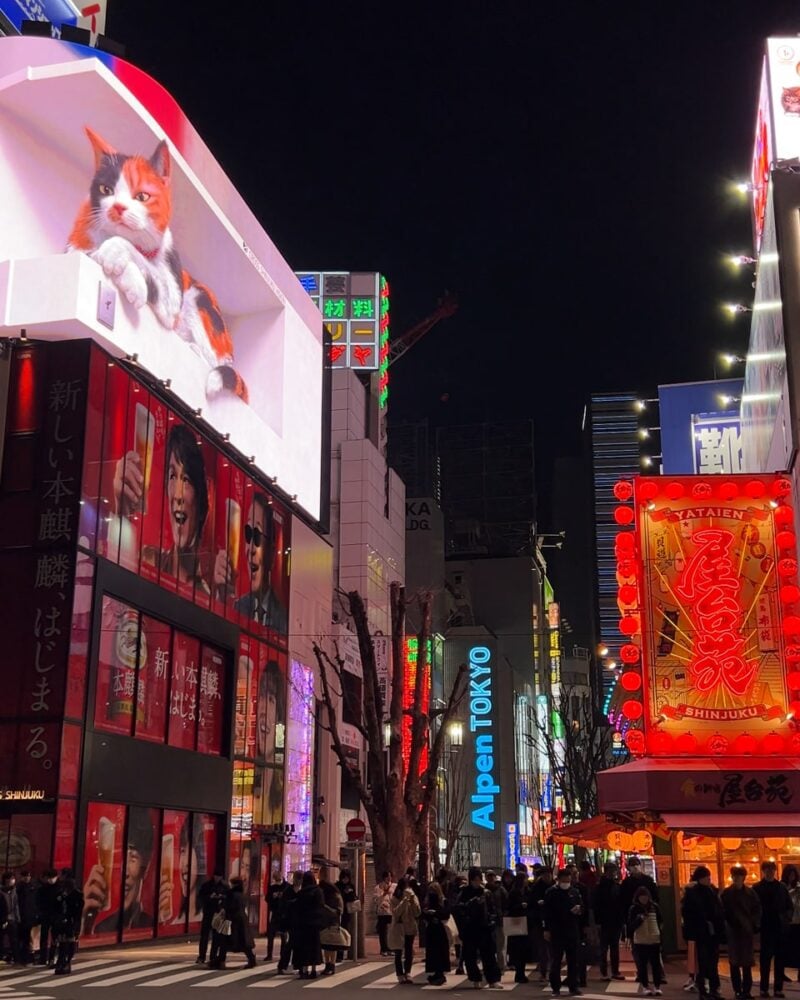
You may associate Shinjuku with partying and drinking—and although there is that—just walking around Shinjuku at night is a must-have experience to soak in Tokyo’s iconic nightlife.
My typical DIY sightseeing walking route to see Shinjuku is, in order from the station:
- Omoide Yokocho
- 3D cat screen (located at the “Cross Shinjuku Space“)
- Godzilla street
- Kabukicho red-light district
- Golden Gai
This walking route only takes about 25 minutes!
Whether you dip inside one of the trendy bars on Golden Gai or not, the area around here is fun to see at night and is “so Tokyo.”
If you search for the “best bars” along this street, you’ll usually find the ones already over-loved, overrun, and painfully crowded with loud foreigners (🥴).
Instead, wander around and let your curiosity knock on suspicious-looking closed doors… arguably the best bars in Tokyo are those that are well hidden!
For dinner, anywhere will do, but I had exquisite meals at Gyukatsu Motomura (gyukatsu; beef cutlet) and Mo-Mo Paradise (shabu-shabu) in Kabukicho.
Finally, if you’re looking for an even more off-the-beaten-path day tour of Tokyo, check out my guide to the top Tokyo bike tours.
WHEW! Are you tired yet? I hope this one-day itinerary for seeing the best of Tokyo in a day helps you plan your trip!
Please remember: Whether you can see or do everything suggested in this guide doesn’t matter! What does is that you had meaningful insights and mindful and responsible experiences on and off the beaten path.
Thanks for reading, and please drop your comments and questions below!



